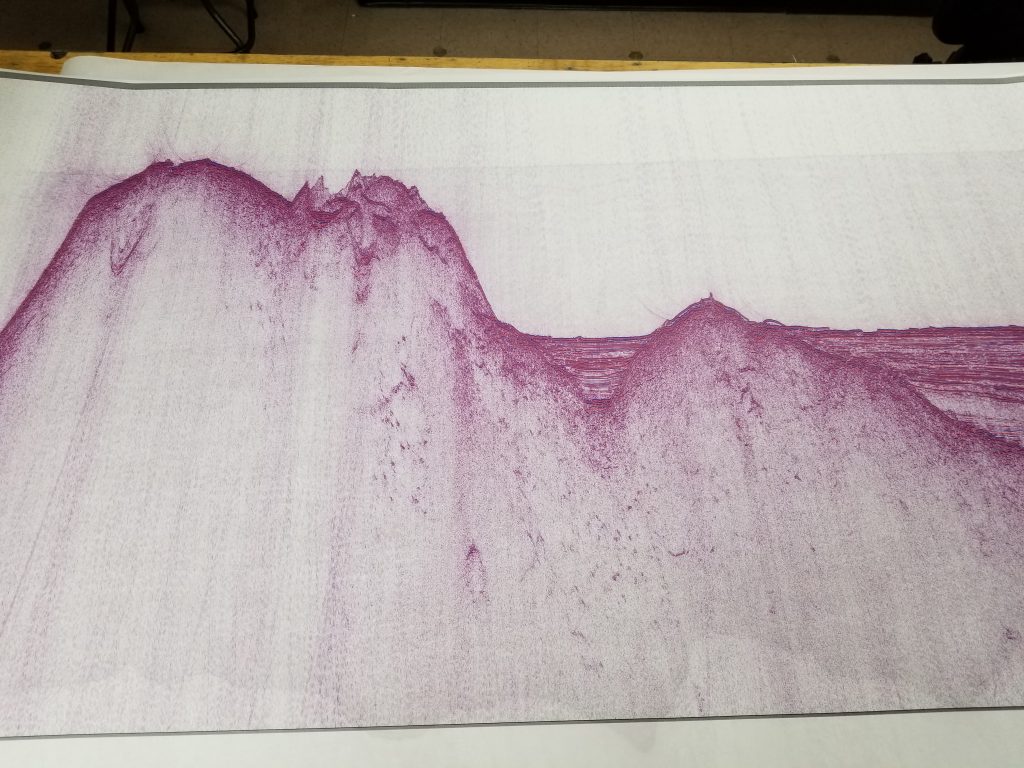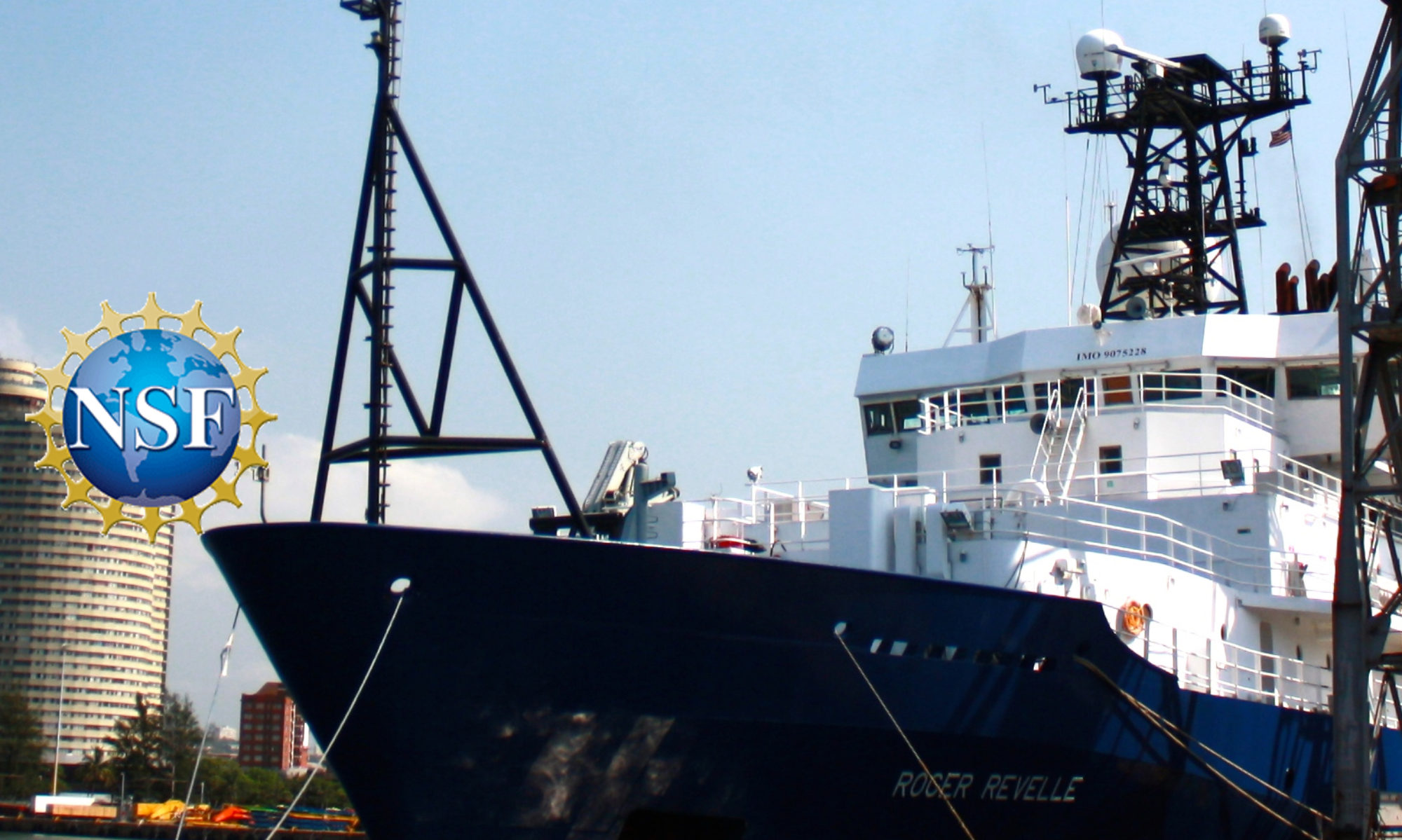By Kittipong Somchat
I have been using seismic data for the past five years of my graduate study, but I’d never before had the experience of collecting these data. All of the seismic data I have worked on are downloaded and ready in front of me on the computer without much effort on my part. Participating in this Early Career Seismic Chief Scientist Training Expedition has changed the way I look at seismic data, now that I’ve experienced how challenging it is to come out and acquire these data firsthand.

With a variety of interests in the geological features off the coast of the North Pacific coast of the U.S., it took our 19 expedition participants more than a month over teleconferences to finalize our expedition plan and seismic lines. We left Newport, Oregon excited that this plan will result in a good seven days at sea acquiring non-stop seismic data, but we soon realized that everything was not quite as easy as we expected.
The scientists onboard were divided into three watch standings of 8 hours per day, to monitor data collection, deal with any unique situations that might come up, and adjust the scientific plan accordingly. My watch is during 12 to 8 p.m., and on the first day, we got to deploy all the seismic gear in the water. I got to see an acoustic source and a streamer deployed in the water in front of me, which was really exciting. When we came back into the computer lab, or control room, everything worked fine and we were collecting the first seismic data for this expedition. I was happy; everyone was happy. We passed the control room to the next watch and went to bed.
I woke up the next morning and when I walked into the control room, I could feel in the atmosphere that something was different from the day before. It turned out the acoustic source was not working properly. We had two options: to either skip collecting data in this section or make a loop and come back again after we fixed the problem with the acoustic source. The morning shift decided we would make a loop turn, giving us time to fix the compressor and collect the data in this section again. At the end of the day, we figured out the problem and resumed the process of collecting seismic data.
So far, on this expedition, we have collected approximately 770 kilometers of seismic data. We get to process and see the data we have just collected in real time. I can tell you we all got super excited about this — it is like you are drinking a homemade smoothie from the fruits in your backyard you just picked.
These data will be used in various studies the 19 expedition participants proposed as part of the application for this expedition. For example, Maureen Walczak and Brendan Reilly from Oregon State University will use some of the seismic data to propose drill sites for their interest in paleoclimate studies along the coast of Oregon. Brandi Lenz from Ohio State University is interested in underwater landslides and could use the data for her Ph.D. study. Furthermore, data from this expedition will be available to public afterward and open to any scientists to use for their own research interests.
For myself, I want to use seismic data to study the evolution of the Astoria fan, a submarine fan off the coast, next to the Columbia River, in order to understand sediment transportation of the Columbia River in the past and also study the interactions between climate change events and deep-sea sedimentology.
Now I look at all the seismic data like never before. I got the chance to see how scientists, engineers and ship crew onboard put the effort to acquire seismic data. I appreciate all the people who are involved in all the seismic lines that I work on even more after experiencing how hard is it to be out here on the water collecting data, planning the seismic survey, running into unexpected problems, and having to change our plan (…and getting seasick). But to be honest, I would love to do this again—anytime. It was a fun first time acquiring geophysical data at sea for me.
— Kittipong Somchat is a Ph.D. student at Texas A&M University
